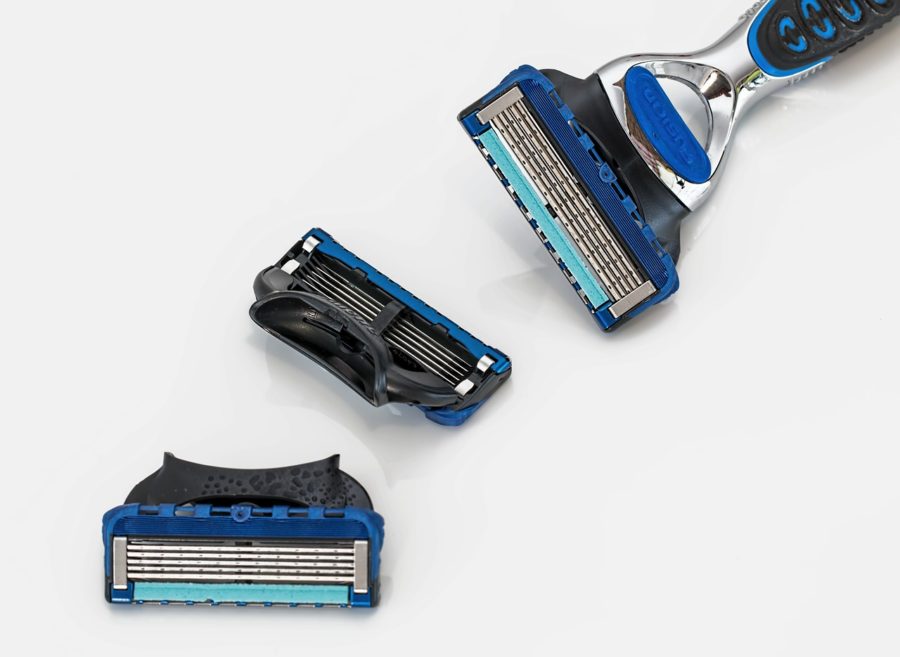Debunking Hair Shaving Myths
You may have been warned that shaving the hair on your face, legs, arms, and pretty much everywhere else on your body is not the best idea. Apparently, constant shaving causes the hair to grow back thicker, darker, and faster. Science says this is a myth.
At first shave, hair might seem soft and long, almost fluffy. When you shave it, you are simply just cutting the hair, not removing it from the root, so when it does start to grow back, it seems shorter and thicker.
“Post shaving, the hair grows back shorter and we get the illusion that it’s thicker, however, it really isn’t,” Mahnoor Khan, a junior Biology major, said. “What we are looking at is the cross section between the hairs at a shorter length which seems rougher, but if we were to let it grow for a period of time the hair would grow out to be much softer and thin at the end.”
To understand why this is a myth, one must understand how hair actually grows. Khan says the hair growth cycle is actually quite simple. The hair on our body grows from the skin in small pockets called follicles. Hair growth begins at the bottom of the follicles (root), which is made up of cell proteins and works its way up through the skin.
“These proteins are fed by blood vessels and as more cells are generated, hair starts to grow in length through the skin, passing an oil gland along the way. Emerging from the pit of each of these follicles is the hair shaft itself,” Khan said.
The hair shaft is made up of keratin and has three main layers to it – the medulla, the cortex, and the cuticle. The medulla is the inner layer, the cortex is the middle layer, and the cuticle is the outer layer. The medulla and the cortex give the hair its color. Khan says the more a person with darker hair shaves, the more it will show on the skin over time, but it does not cause the hair to become darker.
This has prompted many people to choose different alternatives to hair removal, such as waxing and threading because it pulls out the hair from the root. Which brings me to my next myth – constant waxing and threading can reduce hair growth. For someone who has incredibly dark, fast-growing hair and has to shave frequently because of it, this would be music to their ears. But, is it true?
Waxing, threading and other hair removal methods where the hair is being removed from the root are a more effective way to achieve longer lasting results. Waxing and threading can, in some cases, last up to weeks.
“Waxing is more effective than shaving because it removes your hair further down the shaft so it takes longer for it to grow back and become noticeable, along with a smoother finish,” Khan said. “However, if you regularly wax your legs, you may be able to attain permanent hair removal over a long period of time.”
Khan says this may happen because constant waxing and threading weakens the hair and may eventually cause it to stop growing. Her experience with waxing has proven to be the most effective for her. The hairs grow back at a slower rate and became thin, softer, and lighter in pigmentation.
“After waxing for a few years, you start to notice that your hair grows at a much slower rate and a few at a time. It also prevents ingrown hairs, which is a common problem many men and women go through with hair removal,” Khan said.
The hair may weaken over time but waxing and threading do not guarantee complete hair removal. Whether or not this occurs also depends on the individual’s hair growth, hair type, and skin type.
Your donation supports independent, student-run journalism at Pace University. Support the Pace Chronicle to help cover publishing costs.


